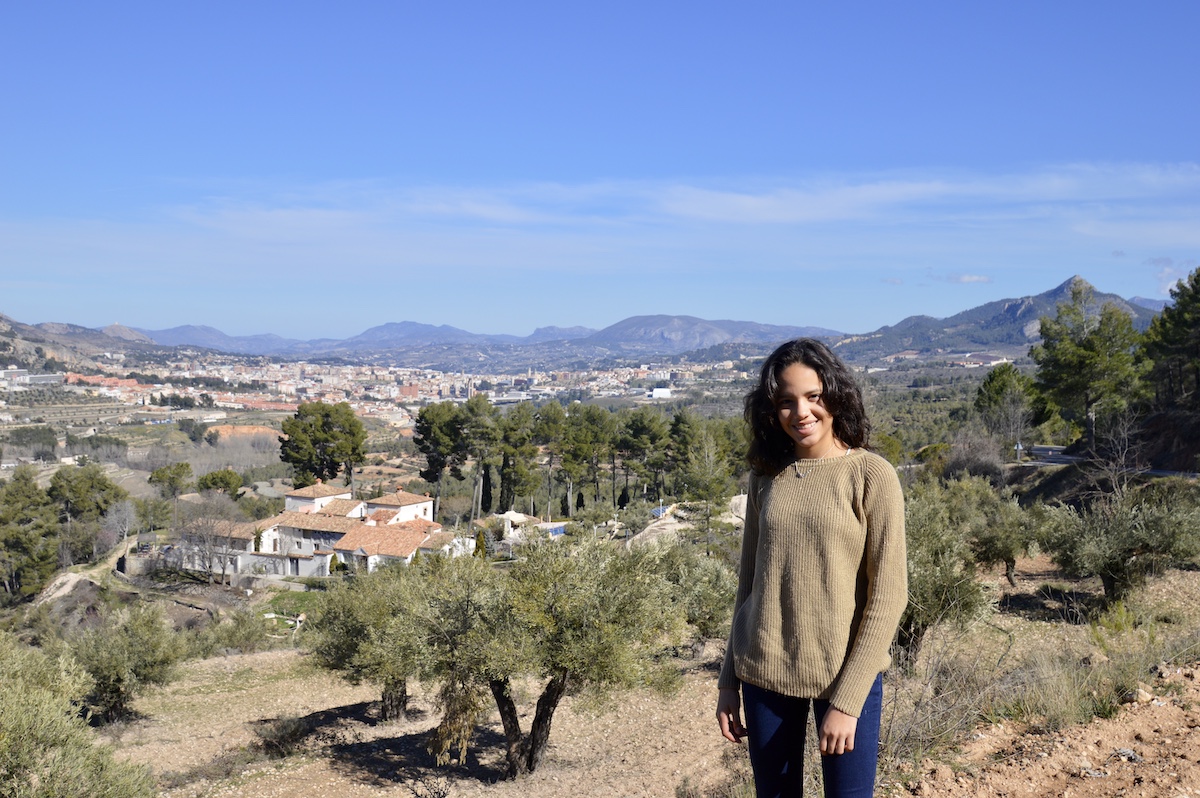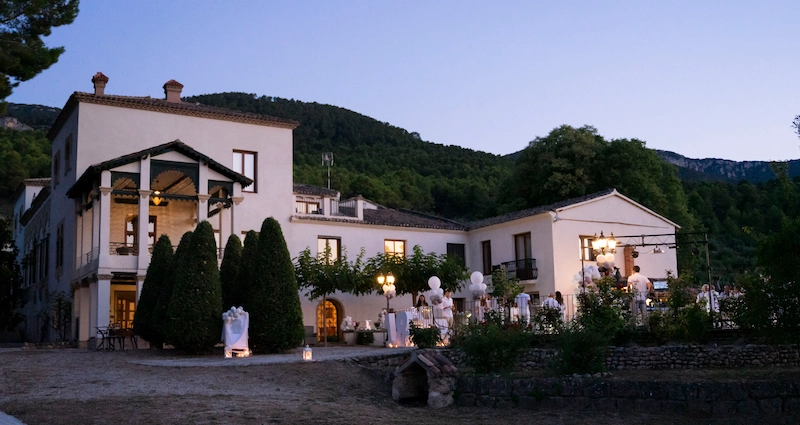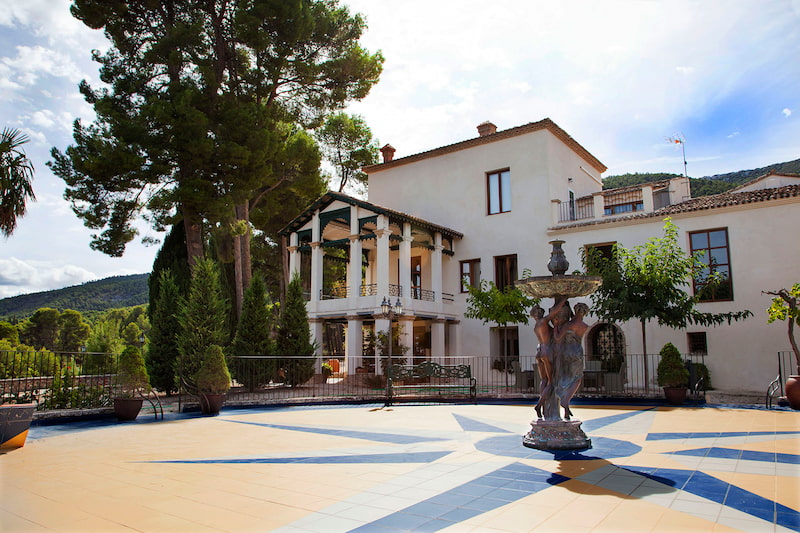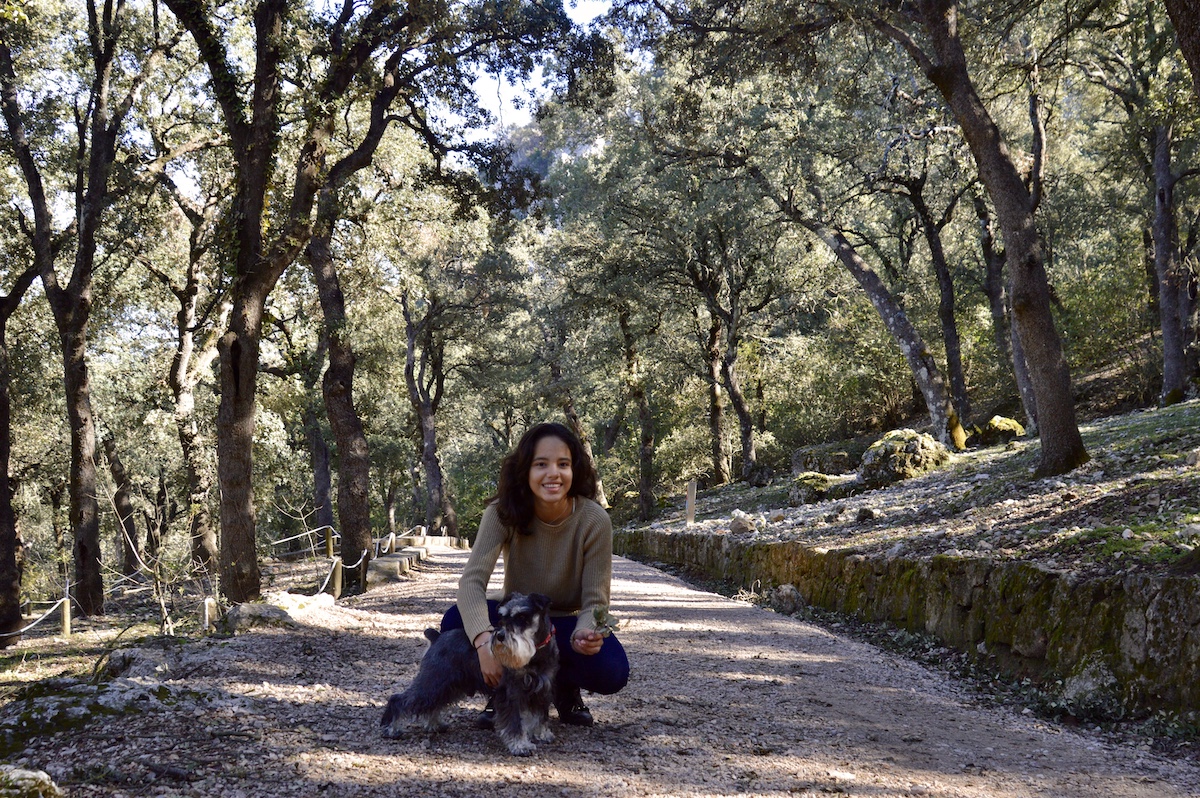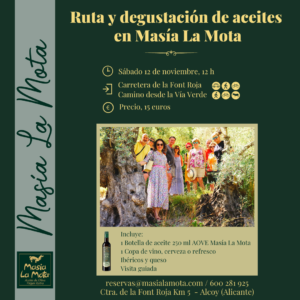Hiking: Circular route through the Font Roja Nature Reserve
ROUTE nº 1 starting and finishing at the charming Hotel Masia La Mota
BARRANC DE L’INFERN – PLA DELS GALERS – FONT ROJA SANCTUARY
Distance approx: 10 kms (5 kms forest and 5 kms asphalt) – Difficulty: Easy
Duration approx: 2 hours 30 m (including the road section)
We start this route by joining the road from the Hotel Masía la Mota to the road that leads from Alcoy to the Font Roja Sanctuary (CV-797), and going up the asphalt until about km 7.5, where we find a small fountain, the Font del Rossinyol, on the right at a bend.
From here we enter the Barranc de l’Infern, a marvellous forest of pines, oaks and holm oaks. It is worth a walk at any time of the year, but especially in winter, snowy or just with the morning dew freezing, it is an idyllic setting. You can’t get lost following the path through the forest. Initially we will be right at the foot of the Sanctuary on our left, and we will have magnificent views of the building from below.
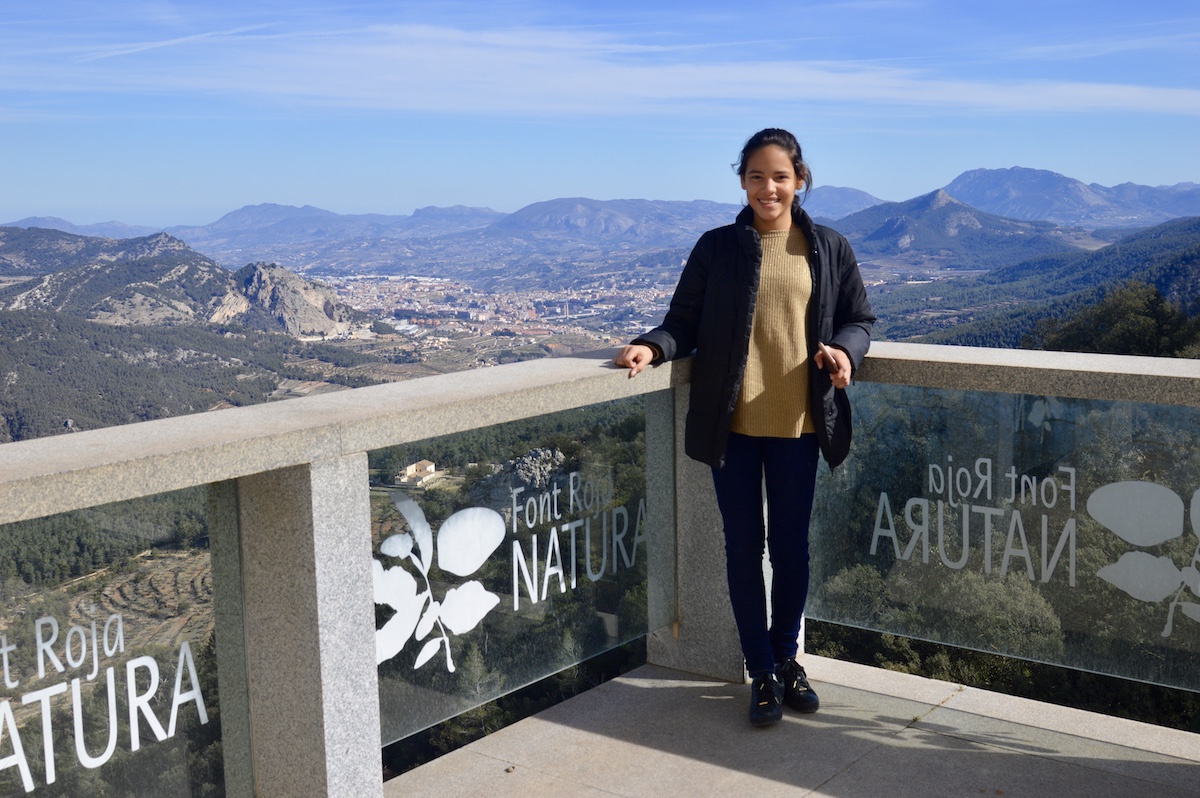
After a first stretch, there are a couple of signposted detours to the right and downwards that should not be taken, as they will take you down steep paths to the Mas del Gelat. We continue straight ahead on this circular route, which begins after a left turn its second section with a steep upward slope, leaving at the end the Santuario de la Font Roja below us, to reach the highest point of this route at 1,180 metres, known as the Pla dels Galers (gall oaks or holm oaks) outside the Barranc de l’Infern, from where, if we take the forest track that continues to the right, we will arrive at the summit of the Menejador (with 1,354 metres high the highest peak in the park), although on this occasion we will start the descent to our left along the forest track, stopping at the Pla de la Mina (*)There is a reproduction of a lime kiln and a coal kiln, as well as a magnificent viewpoint to contemplate the valley, with Alcoy in the background.
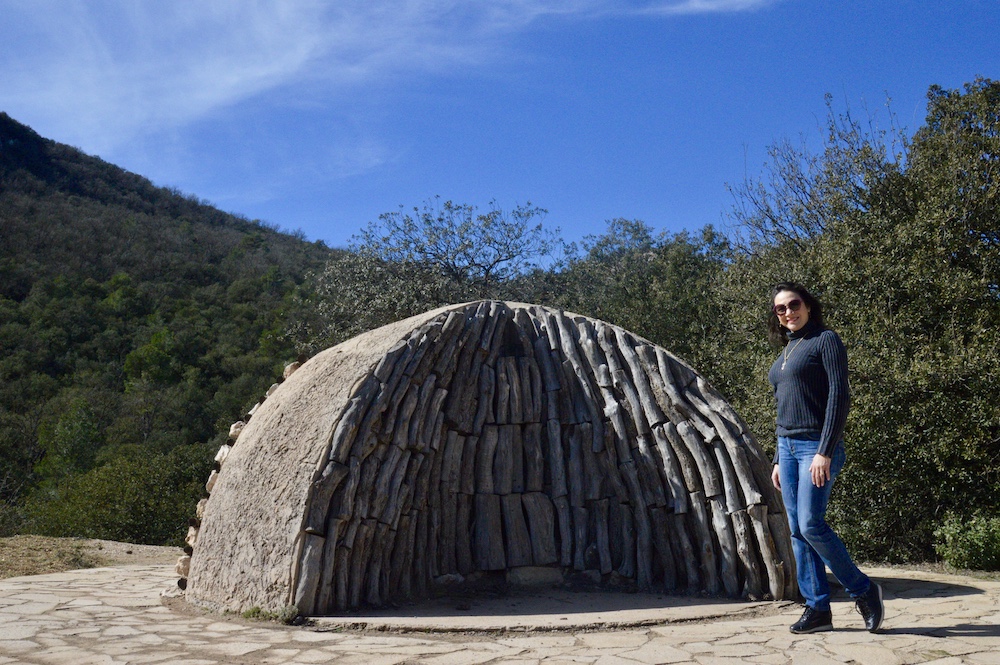
(*) Historical review: PLA DE LA MINA
The production of charcoal was a highly developed activity in the Carrascal de la Font Roja until the middle of the 20th century, when electrification and the incorporation of energy sources in houses took place.
The Pla de la Mina is a circular area without vegetation (because this avoided the risk of fire) where there are reconstructed both an iccarbonera with piles of holm oak wood, a tree that offered a very good yield to obtain charcoal, and a lime kiln, of the type excavated near the Mas del Pinaret, the Mas del Baró or the one found in the Cava Coloma, next to the “casa dels nevaters”, as they used to be built to obtain the lime necessary to carry out the work on the farmhouses and cellars in the area.
(*) Historical review: PLA DE LA MINA
The production of charcoal was a highly developed activity in the Carrascal de la Font Roja until the middle of the 20th century, when electrification and the incorporation of energy sources in houses took place.
The Pla de la Mina is a circular area without vegetation (because this avoided the risk of fire) where there are reconstructed both an iccarbonera with piles of holm oak wood, a tree that offered a very good yield to obtain charcoal, and a lime kiln, of the type excavated near the Mas del Pinaret, the Mas del Baró or the one found in the Cava Coloma, next to the “casa dels nevaters”, as they used to be built to obtain the lime necessary to carry out the work on the farmhouses and cellars in the area.
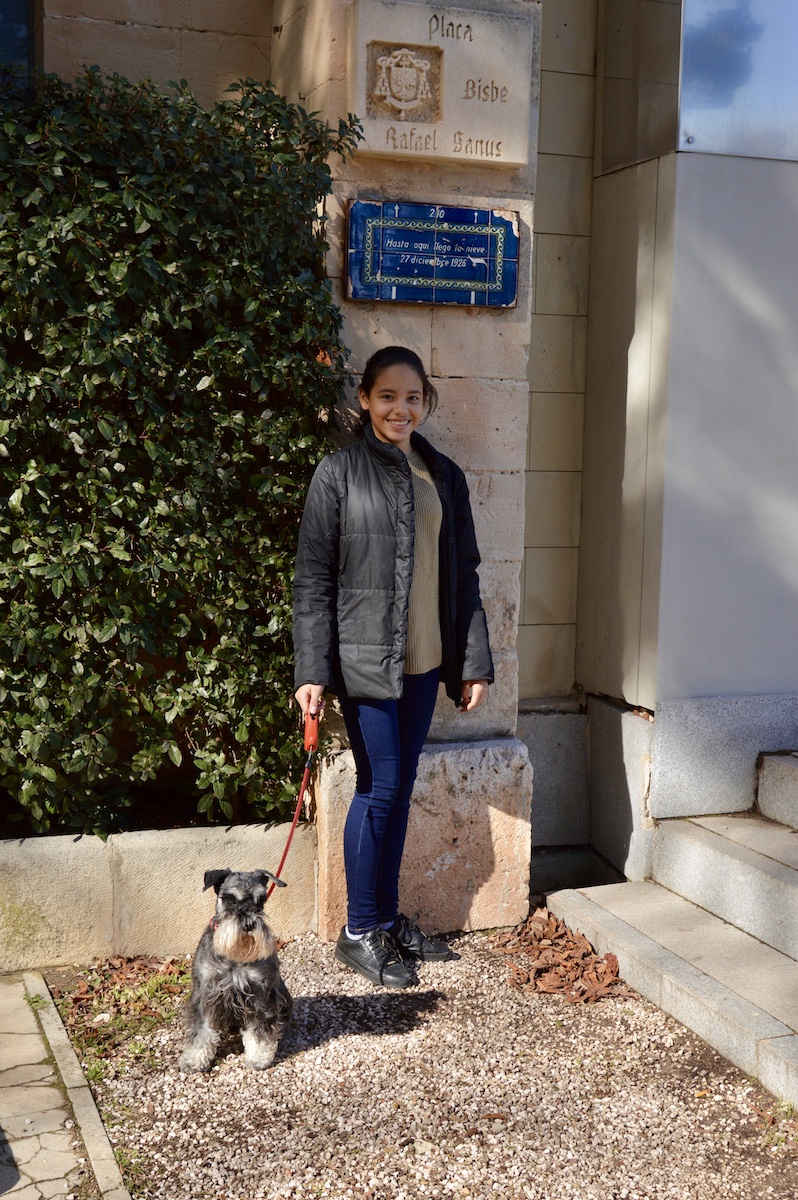
(**) Historical review: SANTUARIO DE LA FONT ROJA (Sanctuary of the Red Fountain)
On the esplanade where the small church stands today, a first chapel was inaugurated as early as August 1663.commemorating the discovery of the image of the Virgin Mary in some white lilies 10 years earlier at the same spot, by some monks who were on retreat on a nearby estate. In 1720 this remita was reformed and a hostelry was added to it. The present hermitage was completed in 1891The access road from the city is the same as the access road from the city. To In 1920, a group of villas were built for the enjoyment of the Alcoy bourgeoisie of the time (now demolished), as well as the old hotel in what is now the Visitors’ Centre and the management office of the Font Roja Natural Park.
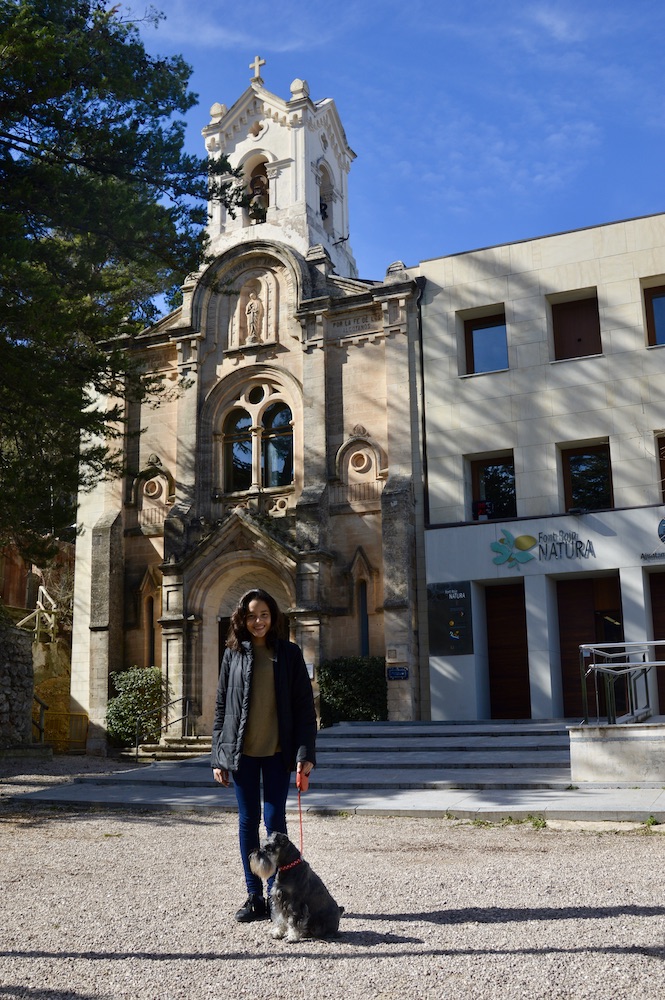
Actual Font Roja church, 1891.
The return from the esplanade of the Sanctuary to the Hotel Masía de la Mota is easy along the asphalted road downhill towards Alcoy, until you reach the entrance to the hotel, which you will find on the left hand side about 4 kms further down the road.
